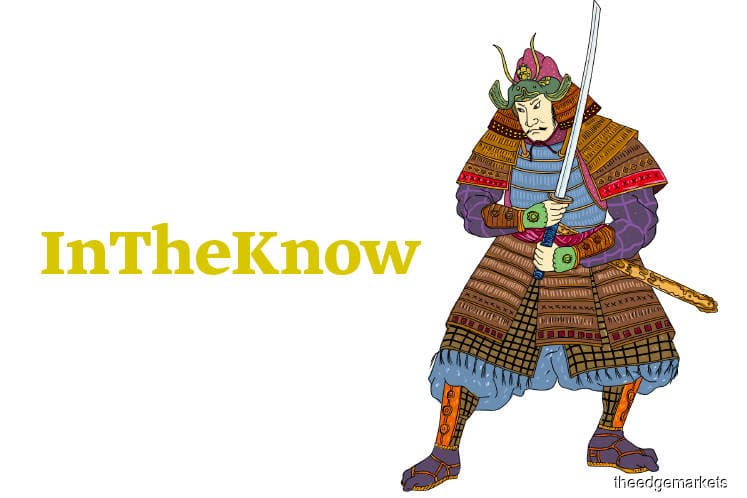
This article first appeared in Personal Wealth, The Edge Malaysia Weekly on August 12, 2019 - August 18, 2019
In March, the Malaysian government issued ¥200 billion worth of 10-year Samurai bonds guaranteed by the Japanese government. The Ministry of Finance said proceeds from the offering would be used by the government for general purposes and financing development expenditure such as the building of schools, hospitals, public roads and other utilities.
Finance Minister Lim Guan Eng said the bonds were oversubscribed by more than 1.6 times at ¥324.7 billion. He added that Malaysia was willing to consider issuing another round of Samurai bonds if it could get rates similar to the 0.63% per annum achieved in the March issuance.
According to the Bond and Sukuk Information Exchange (BIX), this was not the first time a Malaysian entity had issued a Samurai bond. In 2015, Malayan Banking Bhd issued ¥31.3 billion worth of Samurai bonds, with a coupon of 0.397% and 0.597% per annum for three and five-year maturity periods respectively. The bond issuance was approved by the Securities Commission Malaysia on April 3, 2015.
What is a Samurai bond?
According to BIX, a Samurai bond is a yen-denominated debt security issued in Tokyo to Japanese investors by a non-Japanese entity. Subject to Japanese regulations, these bonds provide the issuer with access to Japanese capital, which can be used for local investments or financing operations outside of Japan.
Since investors bear no currency risk from holding these instruments, Samurai bonds are an attractive investment for Japanese investors. These are primarily sold in the form of public offering or private placements. Secondary market trading is mostly done over the counter or on exchanges through brokerage firms.
When was it first issued?
The first Samurai bond was issued by the Asian Development Bank in 1970. It was a seven-year bond worth ¥6 million, according to a paper released by the Bank for International Settlements (BIS).
Two years later, the Australian government became the first government to issue a Samurai bond. Blue-chip companies were allowed to issue Samurai bonds from 1978 onwards. In 1979, private enterprises started to issue these bonds, beginning with US-based department-store chain Sears.
Other types of bonds issued in Japan
There are other types of bonds issued in Tokyo, including the Shogun bond and Uridashi bond.
Shogun bonds are issued in Japan by non-Japanese issuing entities. Unlike Samurai bonds, Shogun bonds are not denominated in yen. If the bond is issued via private placement instead of public offering, it may also be called a Geisha bond.
Meanwhile, a Uridashi bond is a secondary offering of bonds outside Japan, denominated in yen or issued in a foreign currency. According to BIS’ paper, the introduction of these bonds was able to efficiently satisfy Japan’s domestic retail demand for both foreign currency fixed-income and equity-linked products.
Japanese corporations may also issue foreign currency-denominated bonds (typically in euro or US dollar) on the Japanese bond market for Japanese investors. Also known as a Sushi bond, these bonds are typically issued offshore by Japanese industrial firms.
These bonds are very popular among Japanese institutional investors as the instruments are outside of the Bank of Japan’s regulatory jurisdiction. So, the bonds do not count toward regulatory legal limits on investors’ ownership of foreign security holdings.
Save by subscribing to us for your print and/or digital copy.
P/S: The Edge is also available on Apple's AppStore and Androids' Google Play.